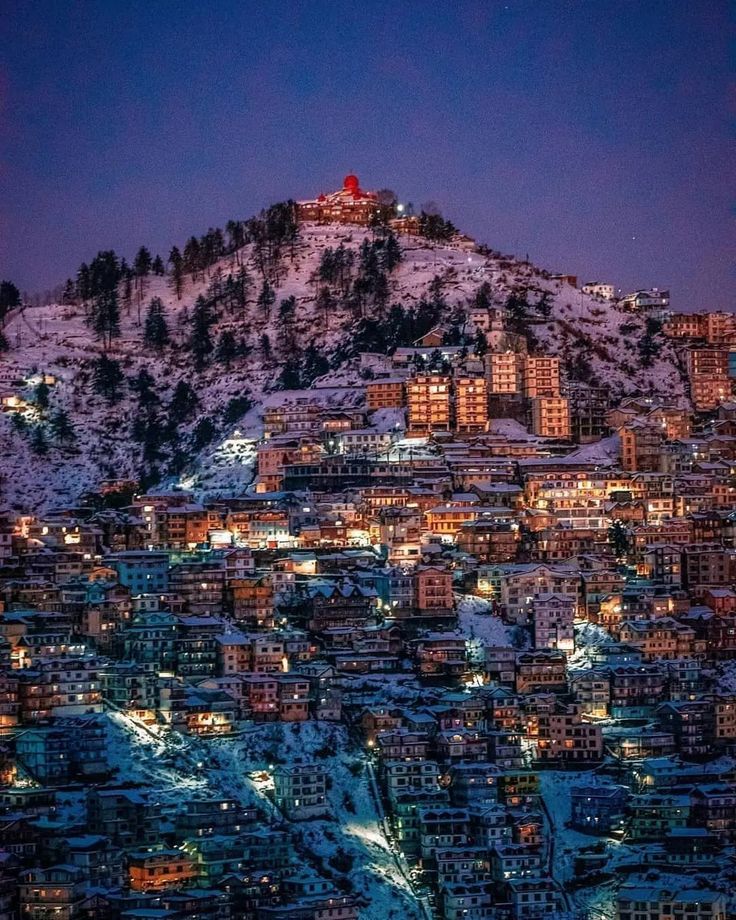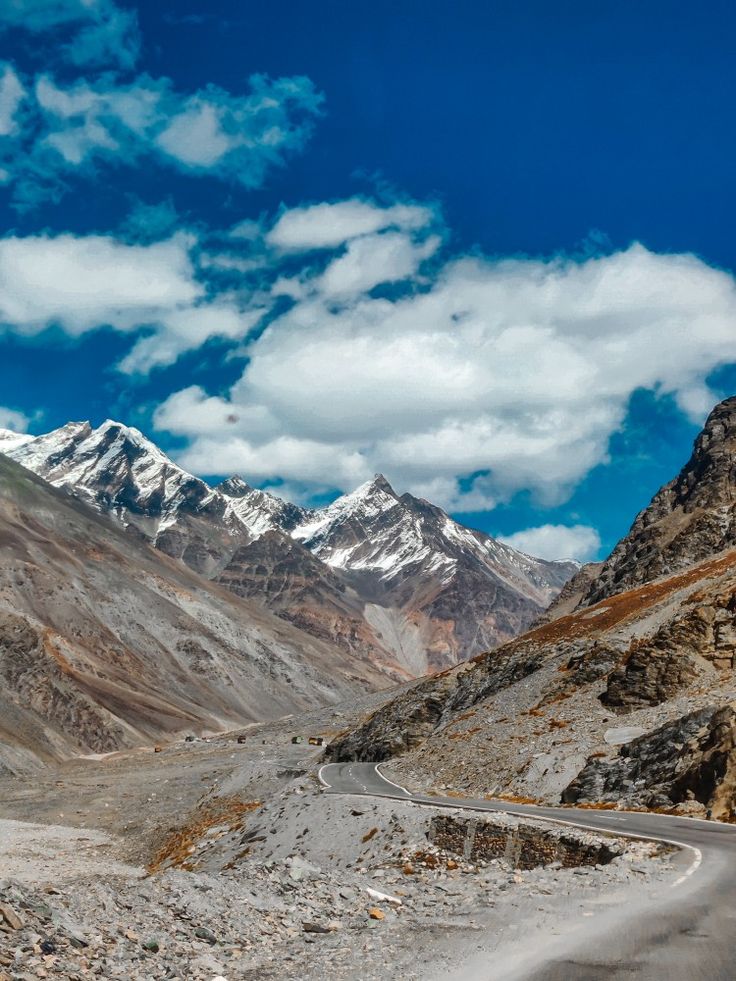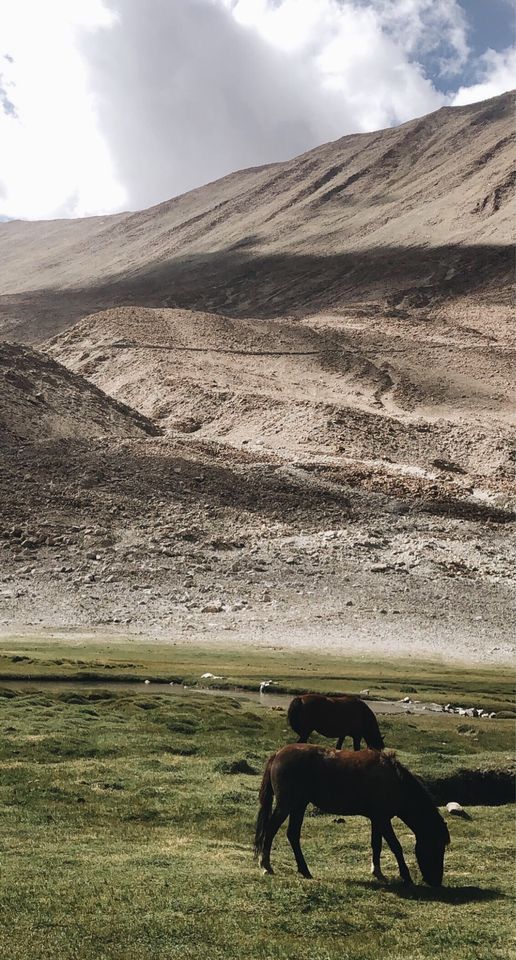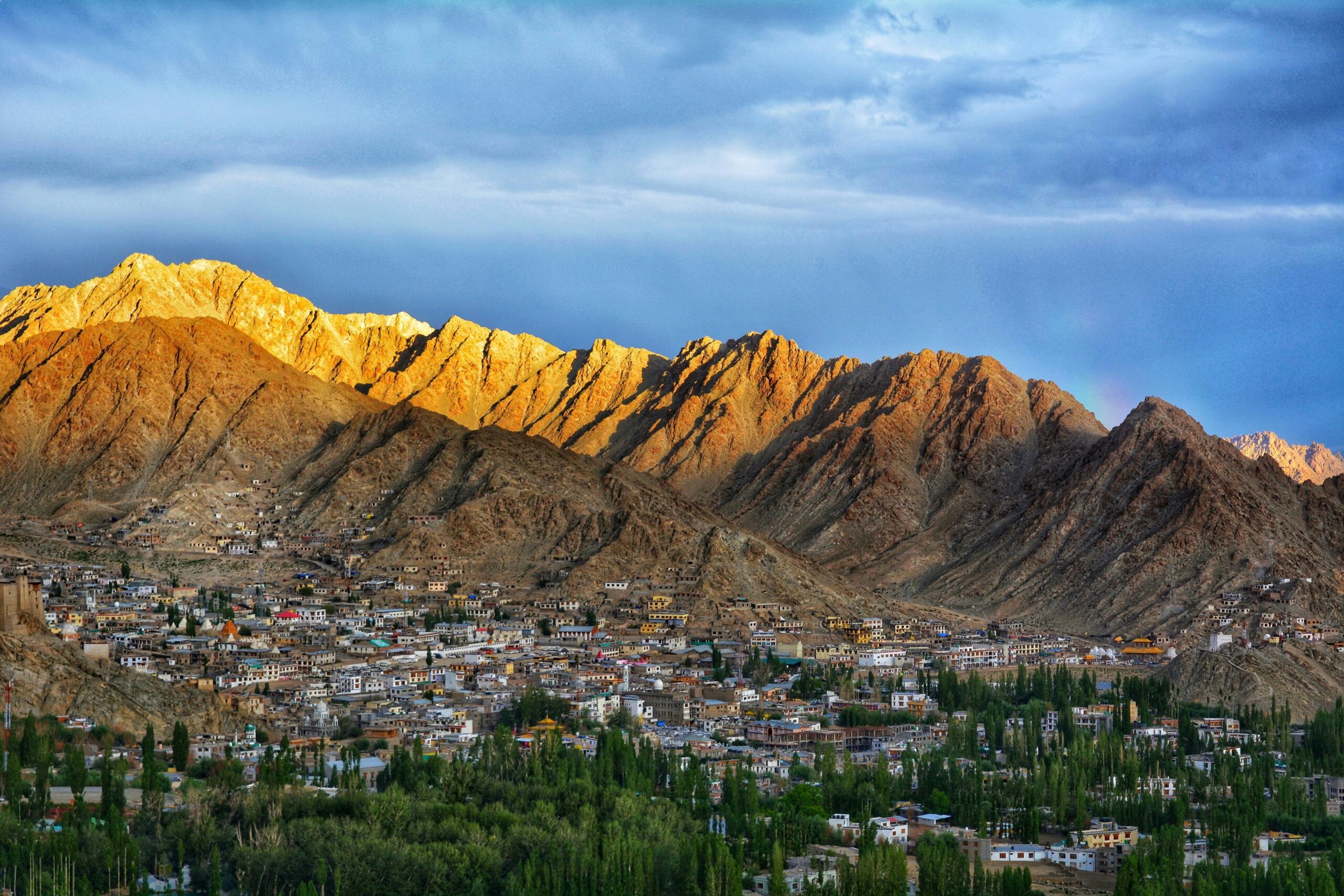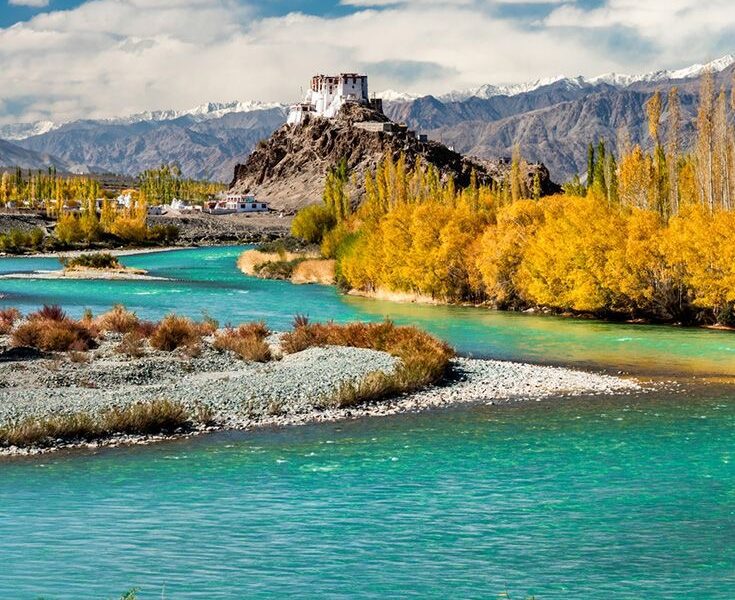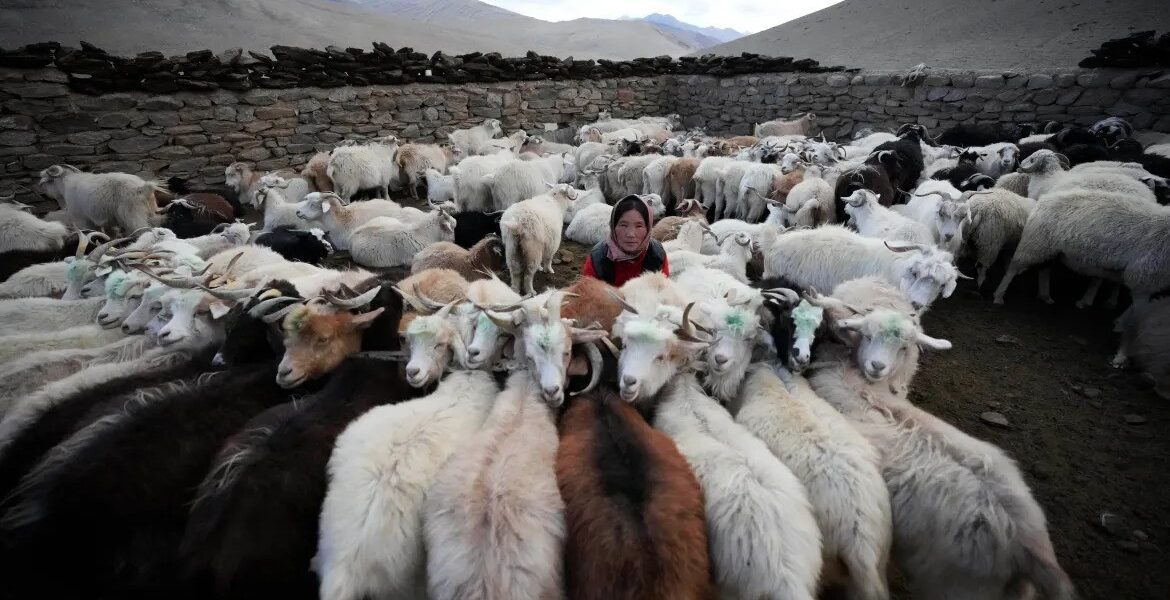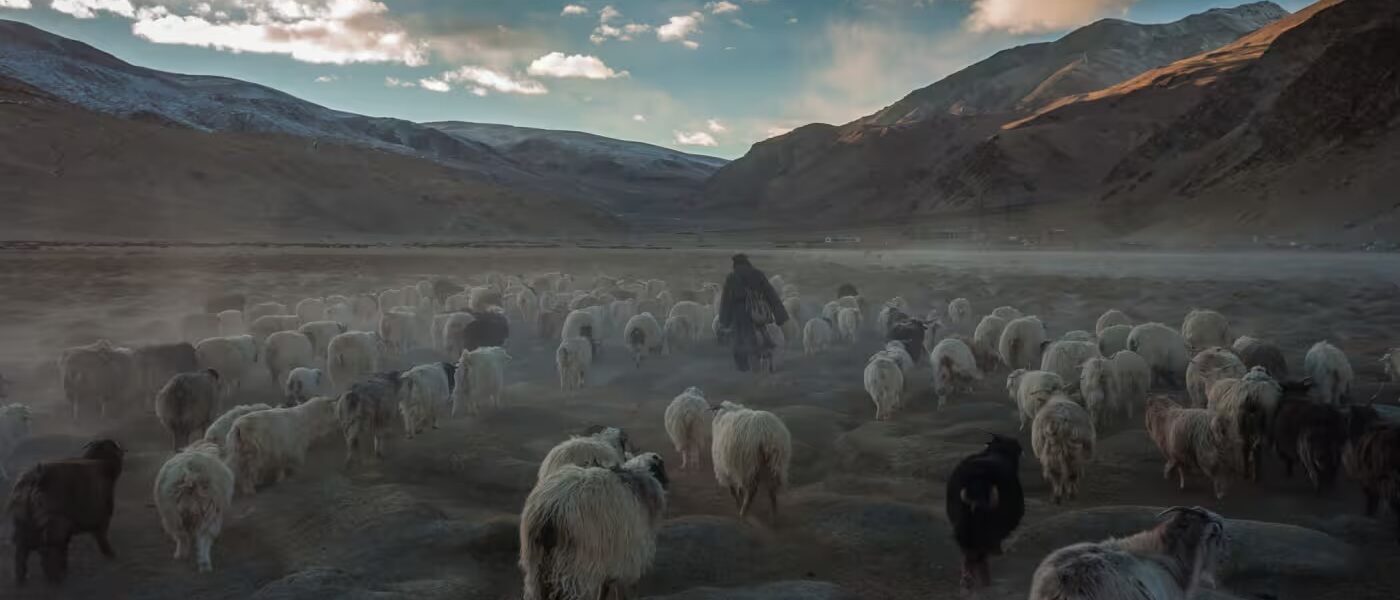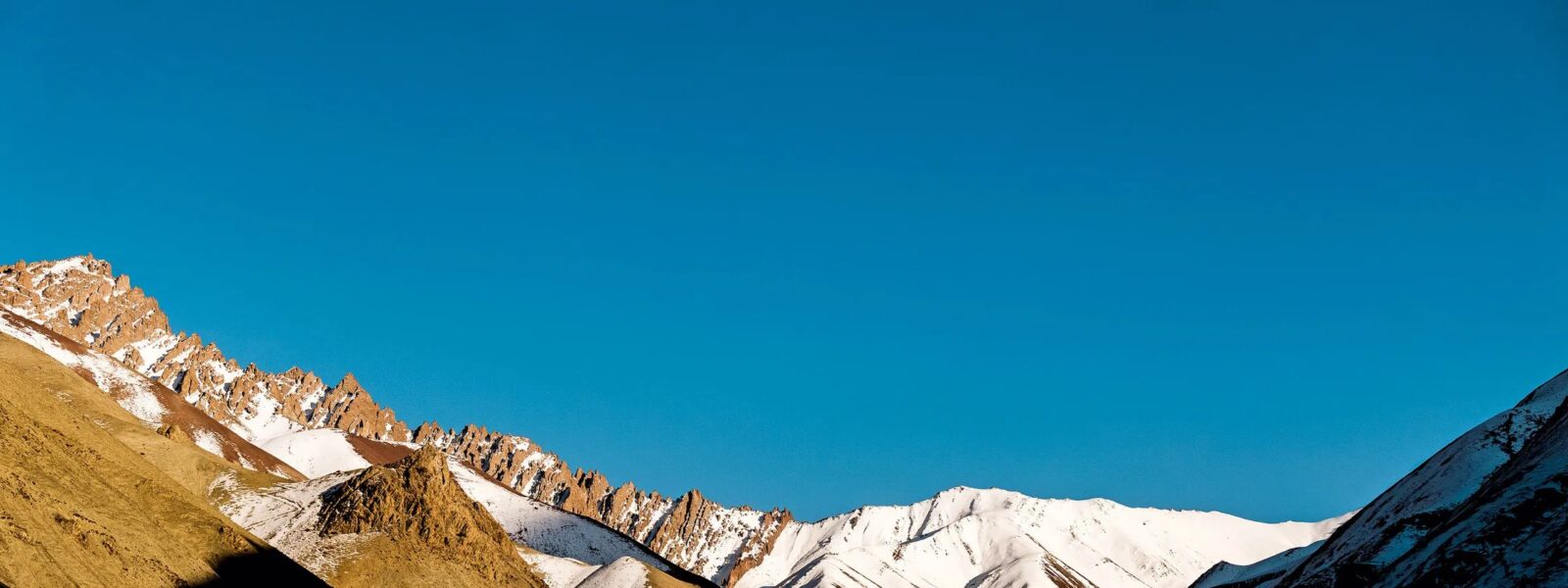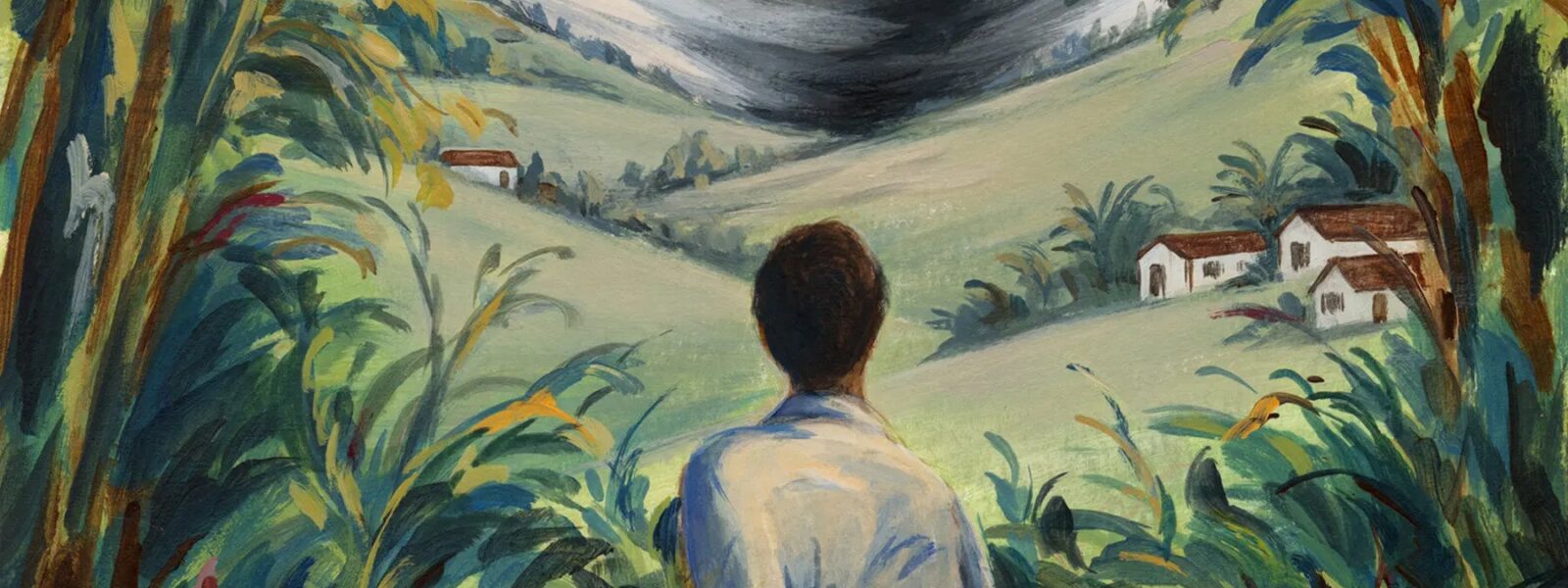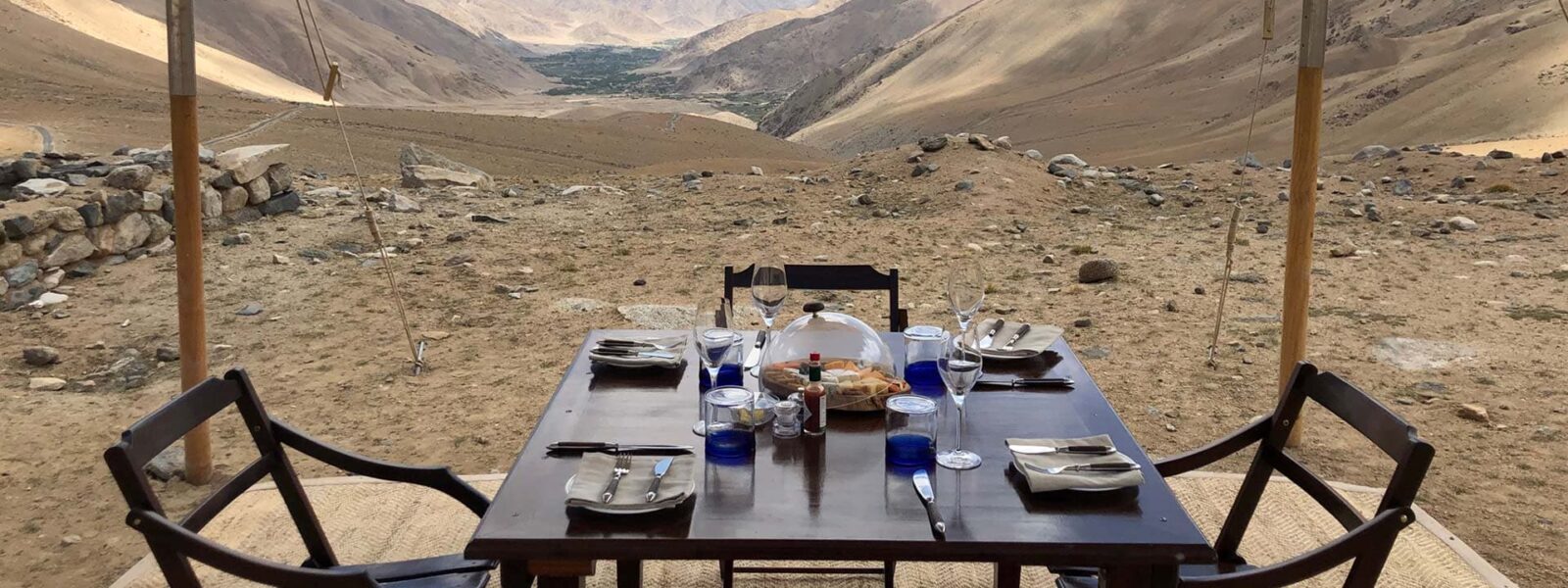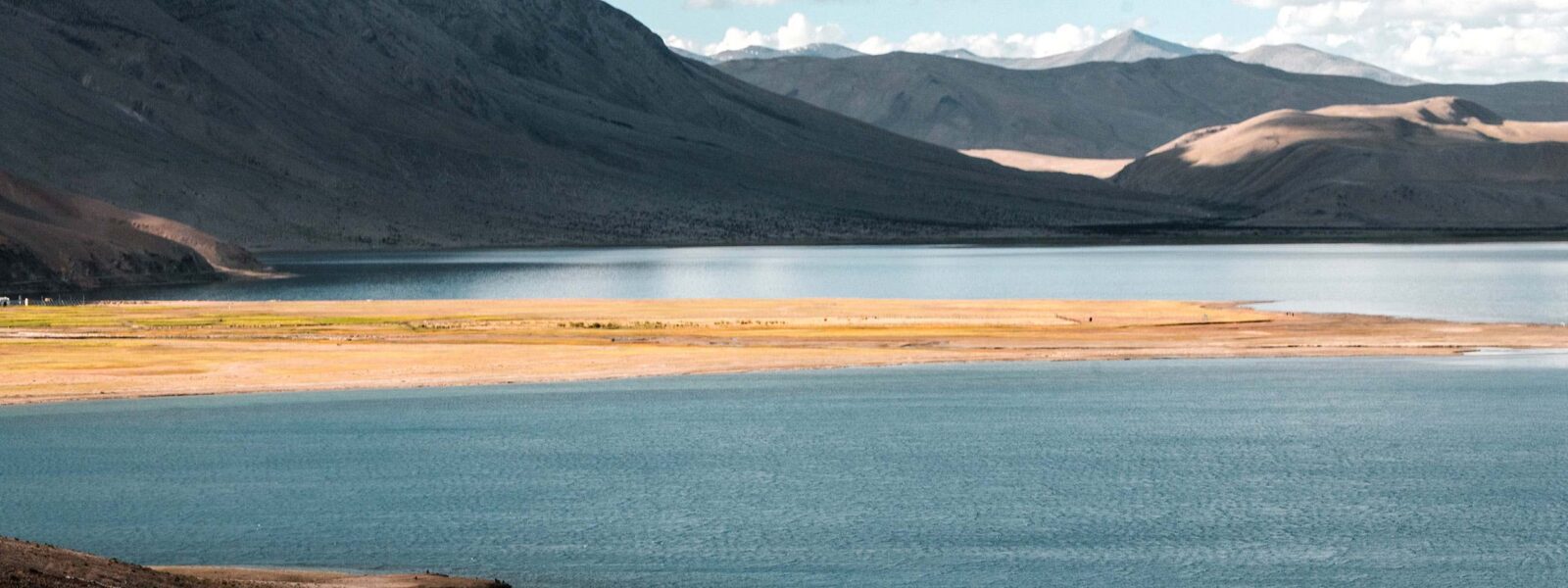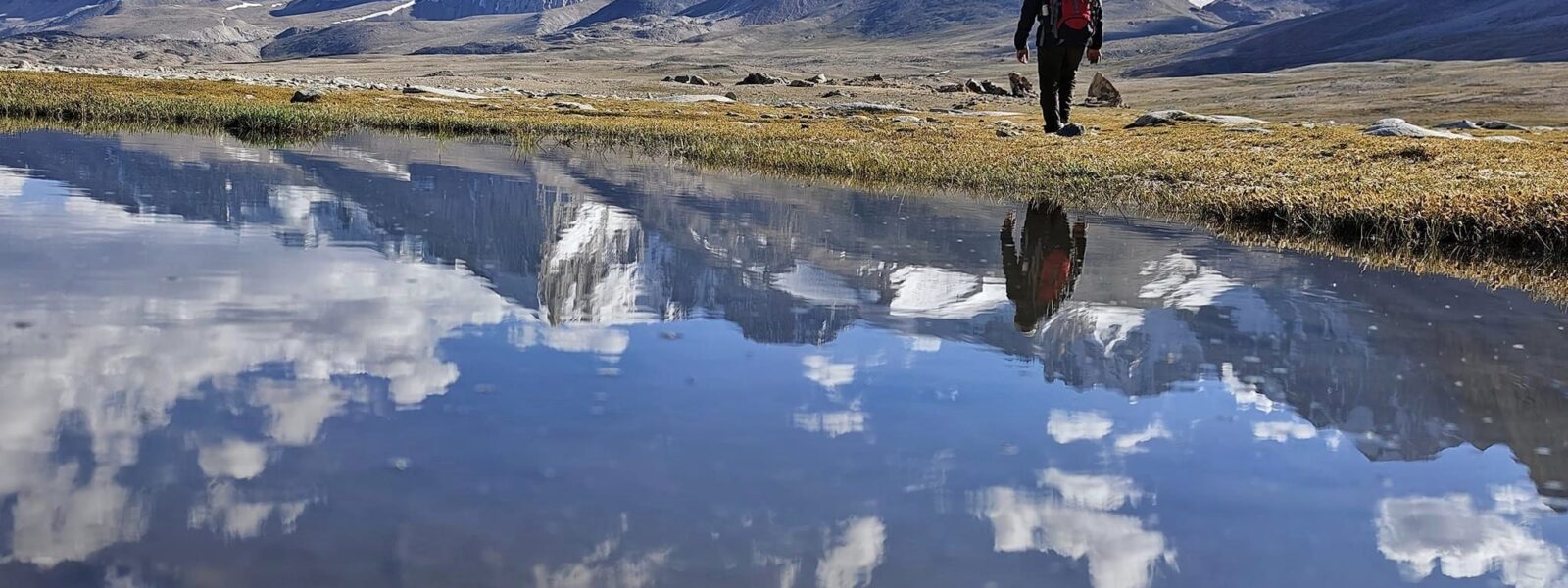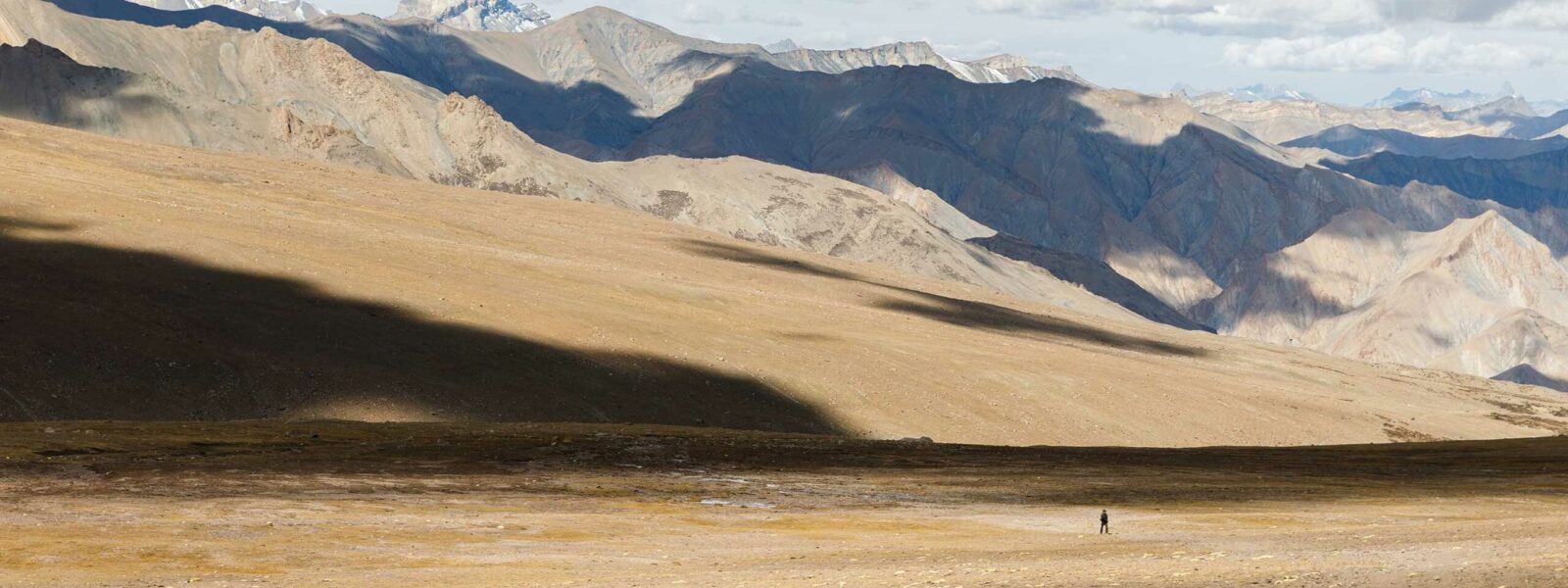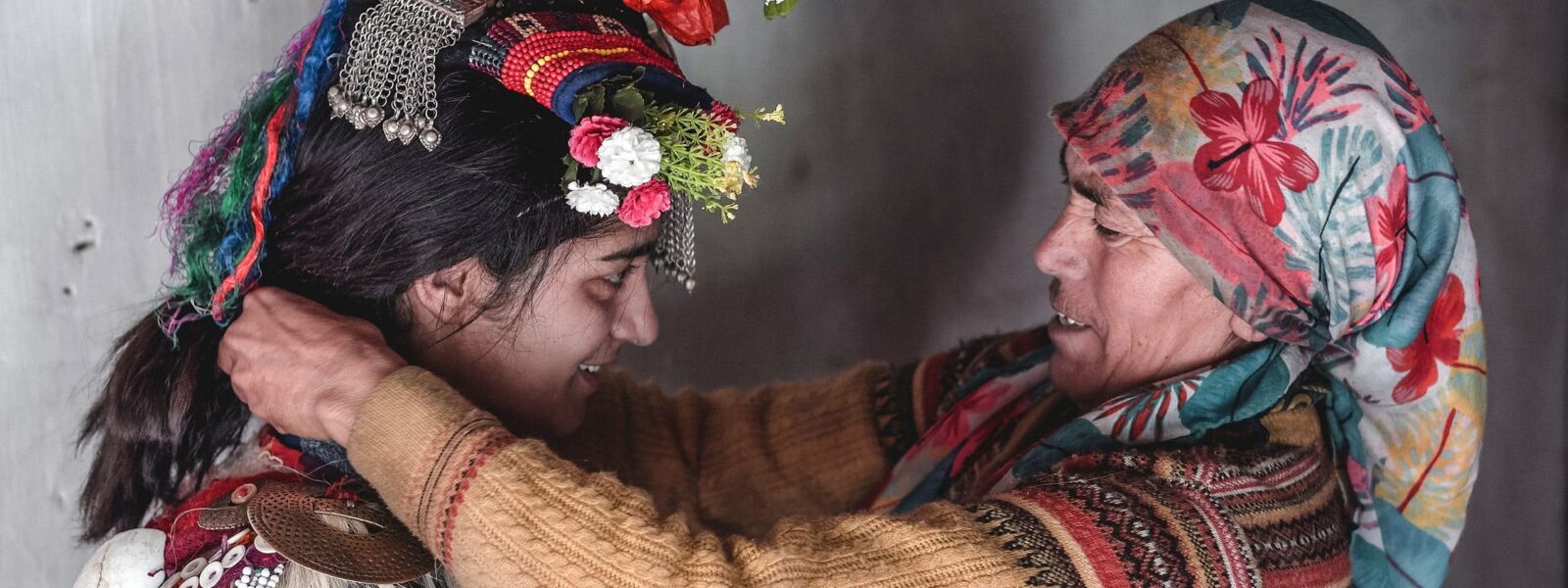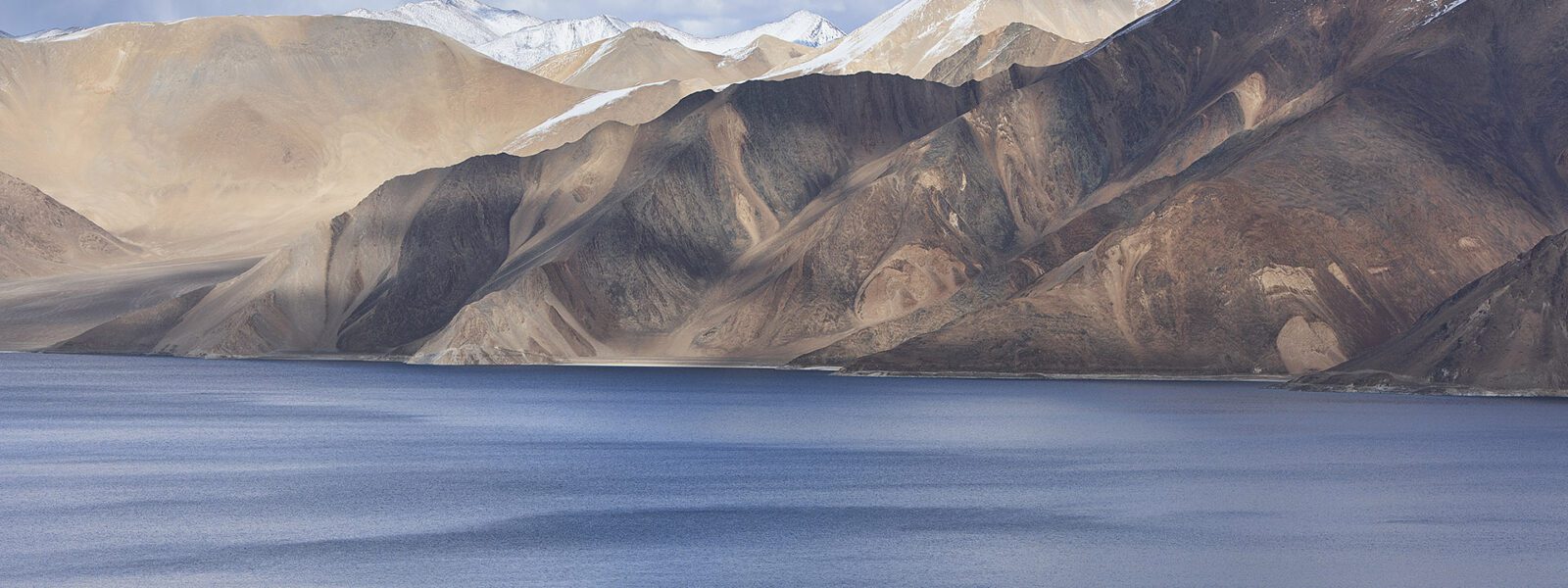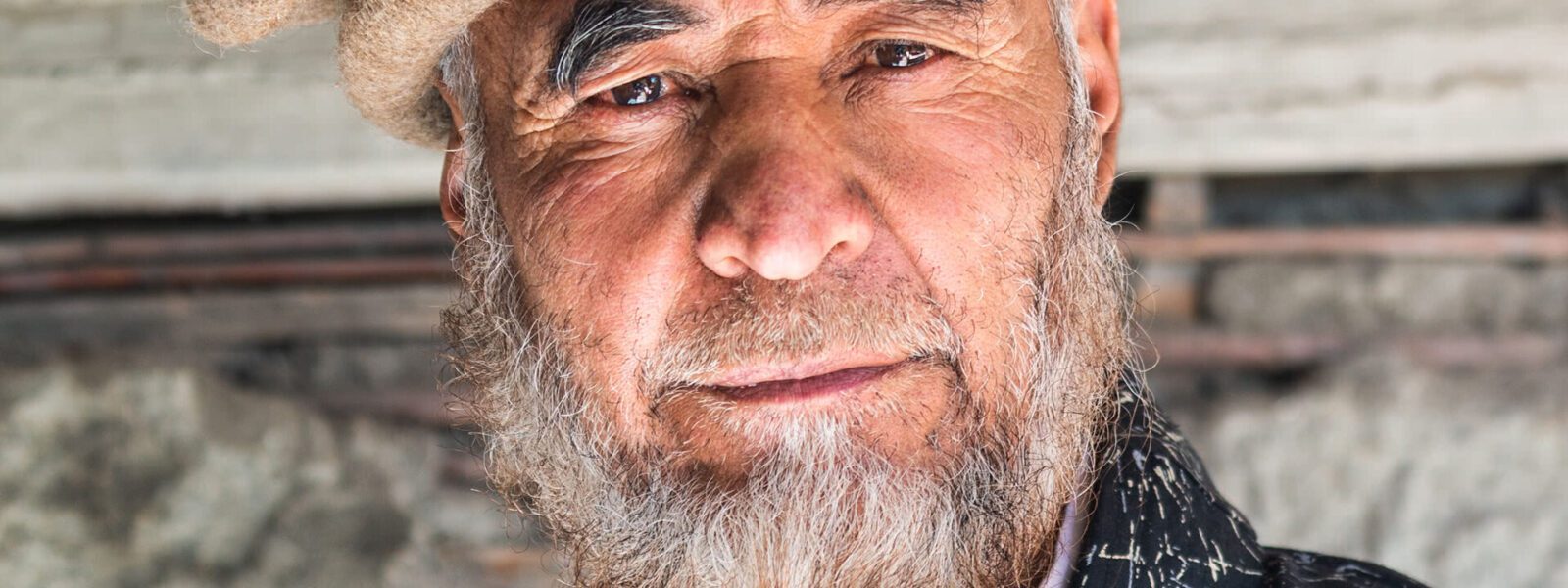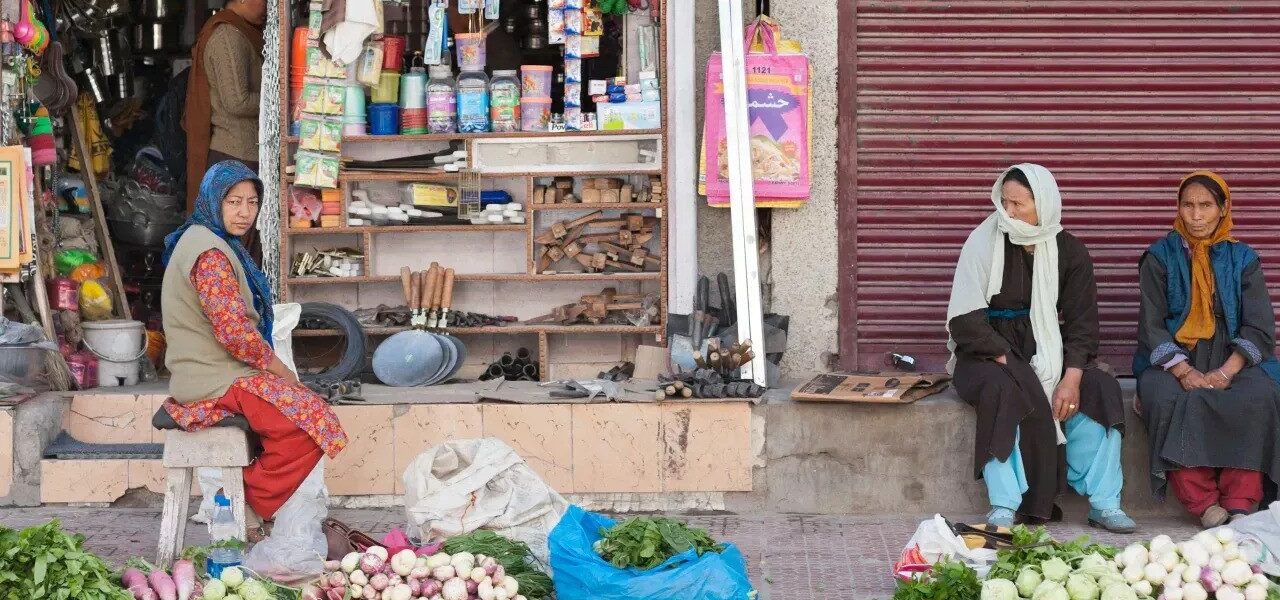The Meandering Path to the Enchanted Heights: A Ladakh Trekking Experience
A journey to this corner of the Himalayas is an odyssey of time and space, a path unfurled over two decades in the making. The voyage is long, its twists and turns a testament to both human endurance and the land’s natural splendor. Here, in the embrace of Ladakh, one finds not just a destination but a realm where the earthly and the divine converge.
Ladakh emerges from the northernmost reaches of India like a fabled kingdom from the annals of legend, a mere horizon away from mythical Shangri-La. Nestled at 3,500 meters above sea level, this high-altitude land is an intersection of cultures and geographies—where India’s northern fringes meet the fortressed fronts of Pakistan and China. With a population barely reaching 100,000, Ladakh becomes a secluded haven during the harsh winter months when temperatures plunge to a frigid minus 20 degrees Celsius, rendering it an icy sanctum where Buddhism thrives in the rarefied air.
The journey begins in Delhi, where a flight to Leh, the capital of Ladakh, is a mere hour’s passage but a world apart in experience. Arriving here, one is advised to pause and let the body acclimate to the rarefied atmosphere—rushing into the thin air without preparation might land one in a hospital, tethered to an oxygen tank like an unwelcome guest. Alternatively, during the summer months when the road to Ladakh is clear, one can opt for the overland route, savoring the slow embrace of the journey.
The renowned LIFE on the PLANET LADAKH offers a 16-day expedition through this rugged expanse, with half of that time spent traversing the distances between points of interest. The first two days are spent in the bustling heat of Delhi—where the temperature soars to 43 degrees Celsius and life unfolds in a vivid panorama of chaos and culture. Here, a night train to Kalka marks the transition from the urban clamor to the quietude of the hills.
Our group—a retired colonel, eight women including a first secretary from the foreign office, a Glasgow social worker, and an army commander—along with our guides Jonny Bealby and Johnny Patterson, embark on this adventure. The landscape we traverse is characterized by its steep ascents and breathtaking views, with Bollywood melodies drifting from the train’s speakers and fresh pakoras served by the charming train guard.

Shimla, a former hill station of the British Raj, greets us with its rain-soaked streets and a nostalgic air that recalls England’s misty charm. The local shops, stocked with umbrellas and whisky, contrast sharply with the thunderous skies and the lively street scenes, including a spirited street fight and the ubiquitous monkeys that traverse the rooftops.
Our journey continues by local bus to Manali, where the crisp mountain air and verdant apple orchards juxtapose with the bustling life in the old town. Here, amidst stone-walled lanes and the omnipresent smell of cannabis, we find solace in the simple joys of life, including photo opportunities with white angora rabbits and the serene presence of local children.
The convoy of jeeps then takes us northward to Leh. The road is a marvel of engineering, with precarious bends and vertiginous drops. The journey is punctuated by whimsical road signs like “Be easy on my curves” and “Divorce speed,” offering a blend of humor and caution as we navigate this formidable path. While truckers brave this route in as little as 16 hours, our journey unfolds over three days, each day revealing new facets of Ladakh’s allure.

On the first day, we traverse alpine valleys and witness the play of light on river glints. A mudslide challenges our passage, and road workers from Bihar labor under harsh conditions, their sweat mingling with the boiling tar. The mist-shrouded Rohtang Pass leaves a lasting impression, its ponies and the distant snow providing a stark contrast to the barren terrain.

Day two brings clarity and sunshine as we encounter the desolate beauty of Sarchu, a high plateau where the stark landscape evokes a sense of timelessness. The night’s cold penetrates deeply, and we find refuge in the mess tent, where shared meals and the camaraderie of fellow travelers provide solace.
The third day’s ascent to Tanglang La, the highest pass of our journey, reveals a landscape of majesty and isolation, marked by oil barrels and a whimsical sign pointing to a makeshift urinal. As we descend into Leh, the landscape transforms into golden barley fields and vibrant prayer flags, painting a portrait of Ladakh that is as captivating as it is serene.
Leh itself, viewed from the remnants of its ancient palace, appears both historic and vibrant. The bustling streets, with their mix of honking vehicles and cheerful locals, offer a snapshot of life in this remote corner of the world. Here, amidst the echoes of tradition and the pulse of modernity, one feels a profound sense of connection and welcome, a testament to the enduring spirit of Ladakh.

The Subtle Art of Ladakhi Hospitality
In the undulating serenity of Ladakh, our guide is Punchok Sonam. He’s a man in his forties, a father of five whose eldest is charting her course through the complexities of medicine. His demeanor is modest and reflective—small in stature, gentle in manner, and soft-spoken to the point where the name David Beckham eludes him entirely. Punchok’s laughter is as effortless as his vigilance; he always notes the absence of anyone in the labyrinthine confines of a monastery.
Our exploration of Ladakh’s sacred spaces is under Punchok’s quiet stewardship. We traverse through dimly lit halls, where the scent of ghee mingles with the mustiness of sandalwood and dust. These palaces of tranquility harbor the delicate treasures of Tibetan Buddhism. Visitors are generally free to wander, except in the sanctum where ‘no bags, cameras, or women’ are permitted. Amidst the perpetual rhythm of monastic life, we witness shaven heads absorbed in their studies, and bright red fabric lodged in a forsaken sewing machine. Adolescent monks, solitary or paired, gaze thoughtfully into the valley, their contemplation occasionally interrupted by the click of cameras.
Yet, the lure of monasteries can be overwhelming. The desire to escape and immerse in the raw essence of nature beckons strongly. After our long and serpentine journey to Ladakh, my yearning for an untouched rural haven intensifies as we embark on a three-day trek along the ancient trade route linking Kashmir and Tibet.
“Synchronize your steps with your breath,” Johnny P advises. This is the cardinal rule for high-altitude walking. My breath comes in rapid bursts, compelling me to take tiny, deliberate steps—much like someone in recuperation. Jonny B strides ahead with determined ease, Johnny P ambles steadily, and the rest of us find our own pace between these extremes. Here, amid fields of Van Gogh yellow, valleys dotted with poplars, and undulating grey hills, even a nosebleed feels almost poetic. Butterflies flit about, yaks graze placidly, and thistles sway beside crystal-clear streams. Workers hum tunelessly as they thresh grain, and on the stone walls, the mantra “Om mani padme hum” is carved with a grace that seems meant to be carried away by the breeze.
Punchok has brought his horse along for those who might need a reprieve, and he greets each of us with a warm embrace upon reaching the crest of each pass. Prayer flags flutter in the wind, adding a touch of festivity to our journey. That first night, we camp beside a river under the gaze of a full moon.

As the days progress, our group begins to fragment, worn down by sickness, exhaustion, and an inflamed finger from the Foreign Office. Only a few of us reach the remarkable kitchen of Rizong monastery, illuminated by a solitary beam of light.
Descending through a valley of wild rhubarb, we arrive at Hemis Shukpachan. Here, villagers are joyfully encased in hay, and Punchok’s modest home gazes out toward the mountains. He welcomes us inside his prayer room and serves tea in delicate china cups while his wife is away. His mother, hurriedly returning from gathering firewood, completes the warm tableau. Our final stop is Timisgam, where apricots seem to fall from the sky in abundance.

“Punchok means wealthy,” he had said with a wry smile when we first met, “but I am not.” His humility is palpable, though it’s clear he possesses a wealth of a different kind, one that is far richer than mere material possessions.
The Reference Article ラダック旅行記:絶景のヒマラヤを巡る心洗われる冒険
Ladakh Trekking Experience
Ladakh Trekking Experience | The article summarizes Ladakh Trekking Experience ‘s transformative journey, likening it to effortless fishing where interaction Ladakh Trekking Experience s naturally gravitated toward her. Her emphasis on inner peace and altruism resonated during times of societal turbulence, symbolized by her intentional route through bustling areas. Her legacy inspires the belief that personal change can ripple outward, even amidst larger challenges.

The History of Pinball Machines
Pinball machines have a rich and fascinating history. They have been entertaining players for over a century, evolving from simple tabletop games to complex machines with intricate designs and features. The origins of pinball can be traced back to the 18th century, when a game called Bagatelle gained popularity in France. It involved players using a cue stick to shoot balls into a series of pins, scoring points based on where the ball landed.
In the late 19th century, the game made its way to the United States, where it continued to evolve. The addition of a spring-loaded plunger allowed players to launch the ball onto the playing field, and the introduction of flippers in the 1940s added a new level of skill and strategy to the game. Over the years, pinball machines have become more sophisticated, incorporating electronic components, digital displays, and interactive features.
Why Visit a Ladakh Trekking Experience ?
There are many reasons why you should visit a Ladakh Trekking Experience . Firstly, it’s a great way to support local businesses. Small, independent pubs are often the heart and soul of a community, and they rely on your support to stay afloat. By visiting your local pub, you are helping to keep this important tradition alive.
Secondly, pubs are a great place to socialize and meet new people. Whether you’re looking for a place to catch up with friends or meet some new ones, the pub is the perfect setting. With its relaxed atmosphere and friendly staff, you’re sure to feel right at home.

Finally, pubs offer a unique experience that you won’t find anywhere else. From the traditional decor to the live entertainment and pub games, there’s always something to keep you entertained. Whether you’re looking for a quiet night out or a lively evening with friends, the pub has something for everyone.
Finding the Best Ladakh Trekking Experience in Your Area
Finding the best Ladakh Trekking Experience in your area can be a daunting task, especially if you’re new to the area. However, there are a few things you can do to make the process easier. Firstly, ask around. Talk to your friends and family and see if they have any recommendations. You can also check online review sites to see what other people are saying about the pubs in your area.

Another great way to find the best pubs in your area is to go on a pub crawl. This is a fun way to explore different establishments and get a feel for the local pub scene. Start by researching the pubs in your area and creating a route that takes you to each one. Make sure to pace yourself and enjoy each pub to its fullest.
Pub Atmosphere and Decor
One of the things that makes Ladakh Trekking Experience so special is their atmosphere and decor. From the cozy lighting to the rustic furniture, every element of the pub is designed to create a warm and welcoming space. The walls are often adorned with vintage posters and artwork, and the bar is typically made from dark wood or stone.

The lighting is also an important part of the pub atmosphere. Many pubs use low lighting to create a cozy, intimate feel. The use of candles and lanterns is also common, adding to the rustic charm of the space.
Ladakh Trekking Experience
No visit to an English pub would be complete without sampling some of the traditional pub food and drinks on offer. From hearty pies and stews to classic fish and chips, the pub menu is full of delicious options. Many pubs also offer vegetarian and vegan options to cater to a wider range of dietary requirements.

When it comes to drinks, beer is the most popular choice in Ladakh Trekking Experience . From classic ales to refreshing lagers, there’s a beer for everyone. Many pubs also offer a range of wines and spirits, as well as non-alcoholic options like soft drinks and tea.
Ladakh Trekking Experience
Live entertainment is another big part of the pub experience. Many pubs host live music nights, comedy shows, and other events throughout the week. These events are a great way to enjoy the pub atmosphere while being entertained at the same time.
Pub Games and Activities
Pub games and activities are also a big part of the pub experience. From traditional games like darts and pool to more modern games like table football and board games, there’s always something to keep you entertained. Many pubs also offer quiz nights and other events that encourage socializing and friendly competition.
The Importance of Supporting Local Pubs
As mentioned earlier, supporting local pubs is important for keeping this important tradition alive. Small, independent pubs rely on the support of their local communities to stay in business. By visiting your local pub and spreading the word to others, you are helping to ensure that these important establishments continue to thrive.
Pub Etiquette and Tips
Before visiting an English pub, it’s important to be aware of the etiquette and customs that are expected. Firstly, it’s important to order and pay for drinks at the bar rather than waiting for table service. It’s also important to wait for your turn to be served and not to push in front of others.
British Pub

When it comes to tipping, it’s not customary to tip at Ladakh Trekking Experience . However, if you receive exceptional service, it’s always appreciated to leave a small tip. Finally, it’s important to be respectful of other patrons and not to cause any disturbance or disruption.
Conclusion: Enjoying the Ladakh Trekking Experience
In conclusion, visiting an English Ladakh Trekking Experience is a great way to unwind, socialize, and enjoy a unique cultural experience. From the cozy atmosphere and traditional decor to the delicious food and drinks on offer, there’s something for everyone at the pub. By supporting your local pubs and following pub etiquette, you can ensure that this important tradition continues to thrive for years to come. So why not grab some friends and head down to your local pub today?
As a lover of English culture, I have always been drawn to the charm of traditional Ladakh Trekking Experience . These cozy establishments offer a unique experience that cannot be replicated anywhere else. Whether you’re a local or a tourist, there is always something special about finding a great Helena Ladakh Trekking Experience . In this article, I will be exploring the best Ladakh Trekking Experience in your area, discussing everything from the atmosphere and decor to the food, drinks, and entertainment on offer.
The Charm of Ladakh Trekking Experience
There’s something special about the atmosphere of an English pub. These cozy, welcoming spaces are designed to make you feel right at home. With their low ceilings, wooden beams, and roaring fireplaces, Ladakh Trekking Experience exude a sense of warmth and comfort that is hard to find anywhere else. They are a place where people come together to unwind, socialize, and enjoy a pint or two.

The history of Ladakh Trekking Experience is also a big part of their charm. Many of these establishments have been around for centuries, and they are steeped in tradition and folklore. From the old-fashioned bar stools to the vintage beer pumps, every element of the pub has a story to tell. For lovers of history and culture, visiting an English pub is a must.
Why Visit a Ladakh Trekking Experience ?
There are many reasons why you should visit a Ladakh Trekking Experience . Firstly, it’s a great way to support local businesses. Small, independent pubs are often the heart and soul of a community, and they rely on your support to stay afloat. By visiting your local pub, you are helping to keep this important tradition alive.
Secondly, pubs are a great place to socialize and meet new people. Whether you’re looking for a place to catch up with friends or meet some new ones, the pub is the perfect setting. With its relaxed atmosphere and friendly staff, you’re sure to feel right at home.

Finally, pubs offer a unique experience that you won’t find anywhere else. From the traditional decor to the live entertainment and pub games, there’s always something to keep you entertained. Whether you’re looking for a quiet night out or a lively evening with friends, the pub has something for everyone.
Finding the Best Ladakh Trekking Experience in Your Area
Finding the best Ladakh Trekking Experience in your area can be a daunting task, especially if you’re new to the area. However, there are a few things you can do to make the process easier. Firstly, ask around. Talk to your friends and family and see if they have any recommendations. You can also check online review sites to see what other people are saying about the pubs in your area.

Another great way to find the best pubs in your area is to go on a pub crawl. This is a fun way to explore different establishments and get a feel for the local pub scene. Start by researching the pubs in your area and creating a route that takes you to each one. Make sure to pace yourself and enjoy each pub to its fullest.
Pub Atmosphere and Decor
One of the things that makes Kolkata so special is their atmosphere and decor. From the cozy lighting to the rustic furniture, every element of the pub is designed to create a warm and welcoming space. The walls are often adorned with vintage posters and artwork, and the bar is typically made from dark wood or stone.

The lighting is also an important part of the pub atmosphere. Many pubs use low lighting to create a cozy, intimate feel. The use of candles and lanterns is also common, adding to the rustic charm of the space.
Traditional English Ladakh Trekking Experience
No visit to an English pub would be complete without sampling some of the traditional pub food and drinks on offer. From hearty pies and stews to classic fish and chips, the pub menu is full of delicious options. Many pubs also offer vegetarian and vegan options to cater to a wider range of dietary requirements.

When it comes to drinks, beer is the most popular choice in Ladakh Trekking Experience . From classic ales to refreshing lagers, there’s a beer for everyone. Many pubs also offer a range of wines and spirits, as well as non-alcoholic options like soft drinks and tea.
Live Entertainment at Local Ladakh Trekking Experience
Live entertainment is another big part of the pub experience. Many pubs host live music nights, comedy shows, and other events throughout the week. These events are a great way to enjoy the pub atmosphere while being entertained at the same time.
Ladakh Trekking Experience and Activities
Pub games and activities are also a big part of the pub experience. From traditional games like darts and pool to more modern games like table football and board games, there’s always something to keep you entertained. Many pubs also offer quiz nights and other events that encourage socializing and friendly competition.
The Importance of Supporting Local Ladakh Trekking Experience
As mentioned earlier, supporting local pubs is important for keeping this important tradition alive. Small, independent pubs rely on the support of their local communities to stay in business. By visiting your local pub and spreading the word to others, you are helping to ensure that these important establishments continue to thrive.
Ladakh Trekking Experience and Tips
Before visiting an English pub, it’s important to be aware of the etiquette and customs that are expected. Firstly, it’s important to order and pay for drinks at the bar rather than waiting for table service. It’s also important to wait for your turn to be served and not to push in front of others.
Medical trekking
Spa trail Wellness
Life on The Planet LADAKH

When it comes to tipping, it’s not customary to tip at Ladakh Trekking Experience . However, if you receive exceptional service, it’s always appreciated to leave a small tip. Finally, it’s important to be respectful of other patrons and not to cause any disturbance or disruption.
Conclusion: Enjoying the Ladakh Trekking Experience Near You
In conclusion, visiting an English Ladakh Trekking Experience is a great way to unwind, socialize, and enjoy a unique cultural experience. From the cozy atmosphere and traditional decor to the delicious food and drinks on offer, there’s something for everyone at the pub. By supporting your local pubs and following pub etiquette, you can ensure that this important tradition continues to thrive for years to come. So why not grab some friends and head down to your local pub today?
